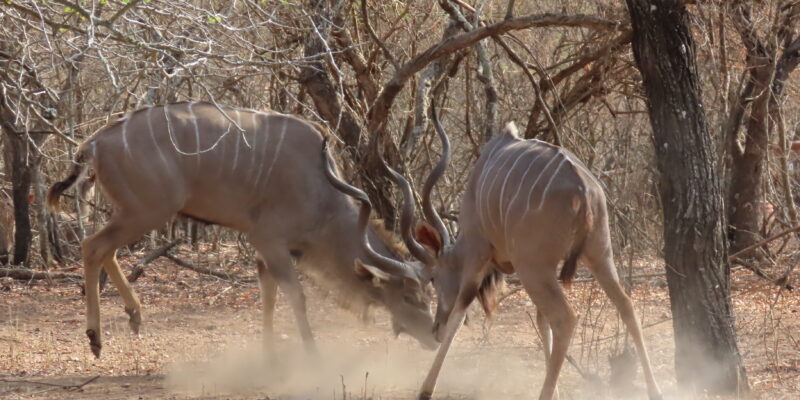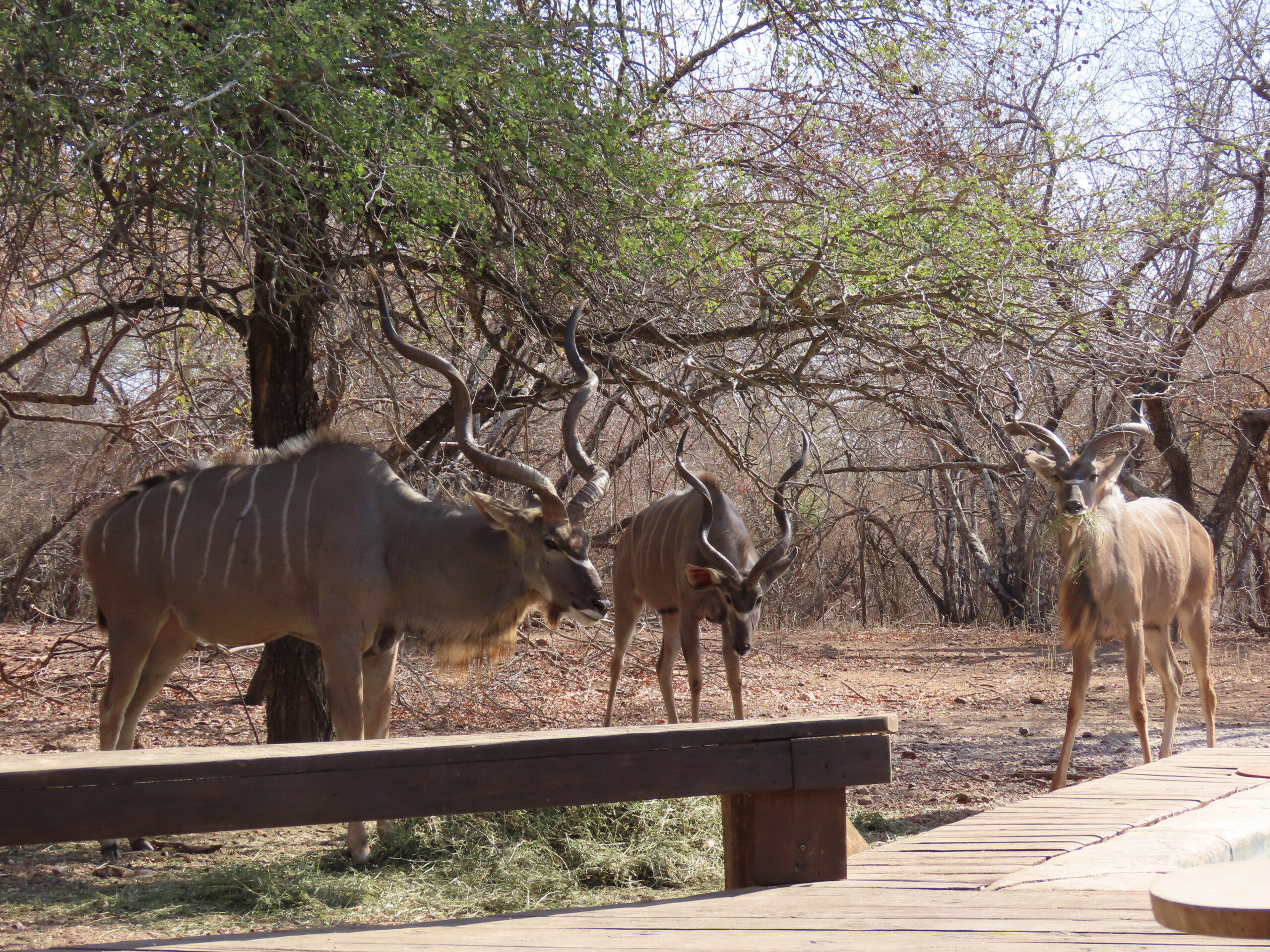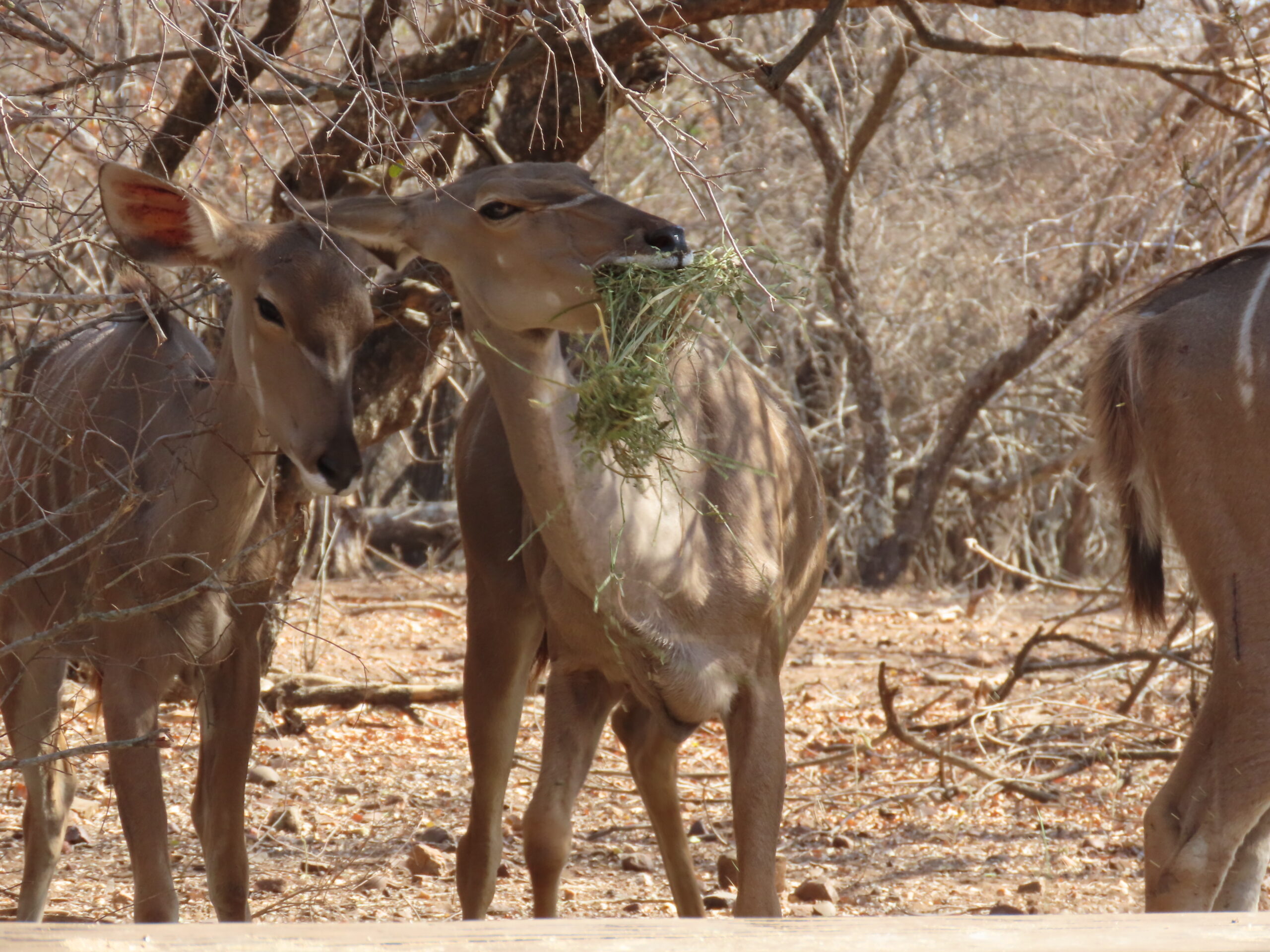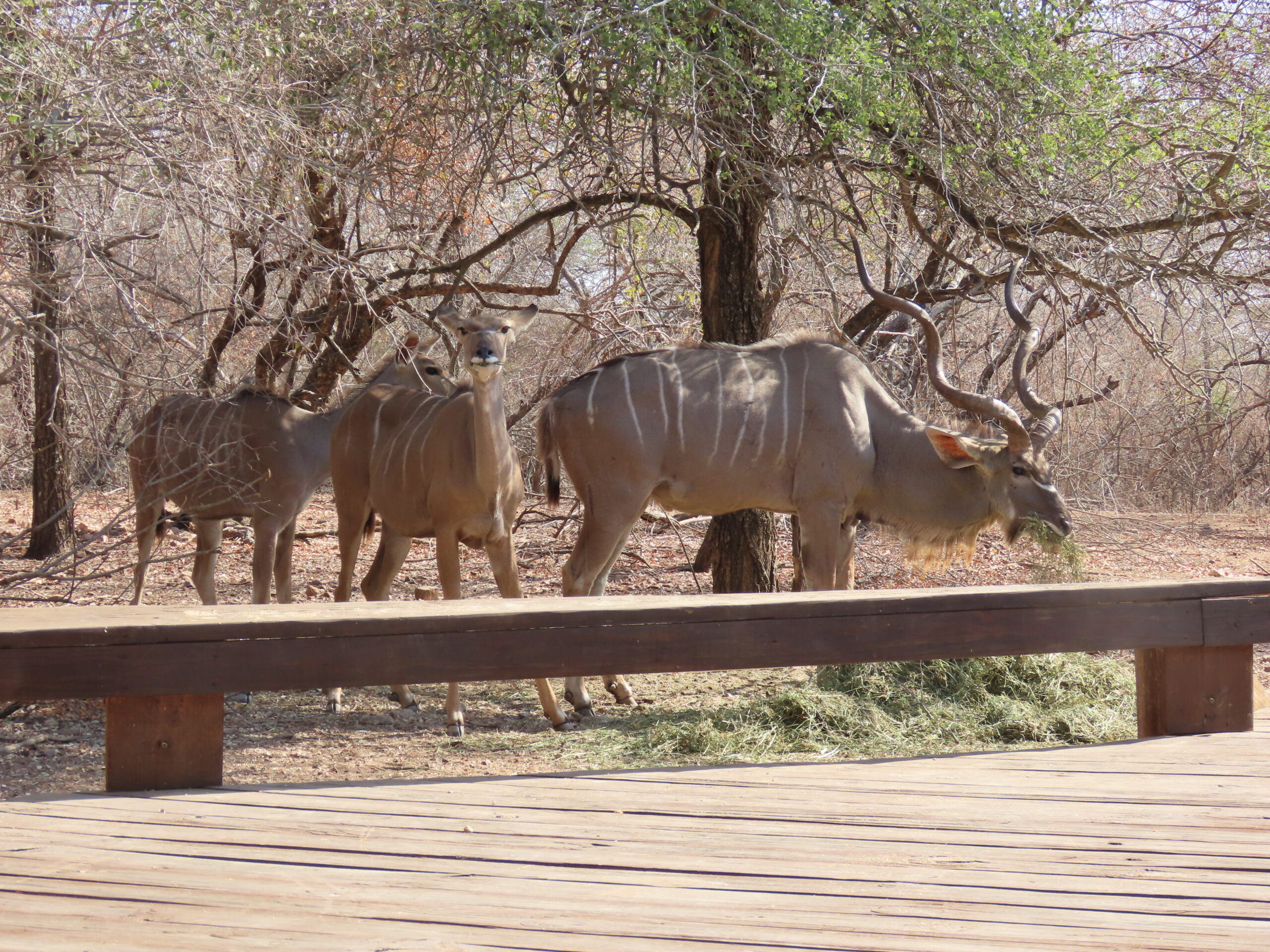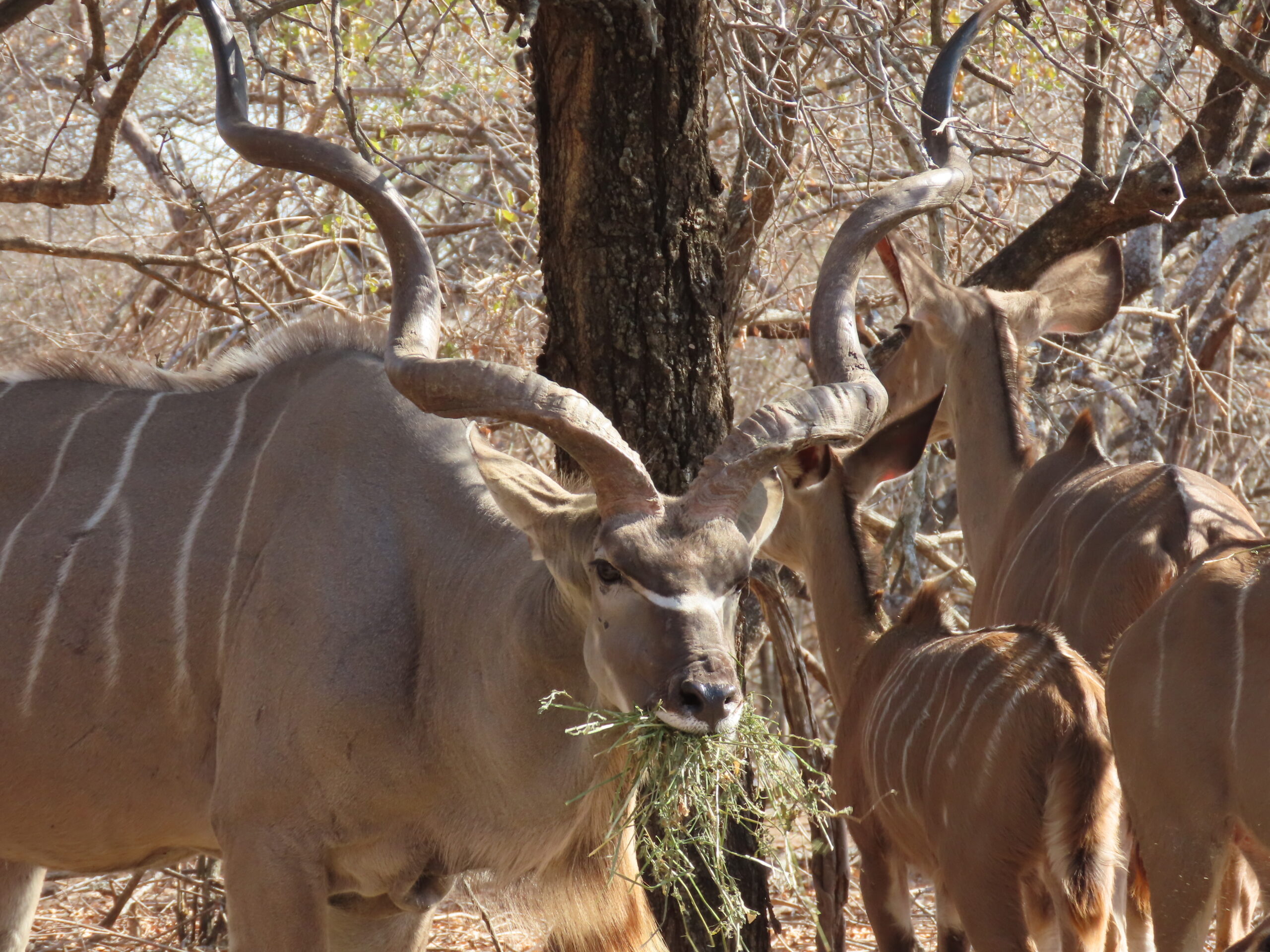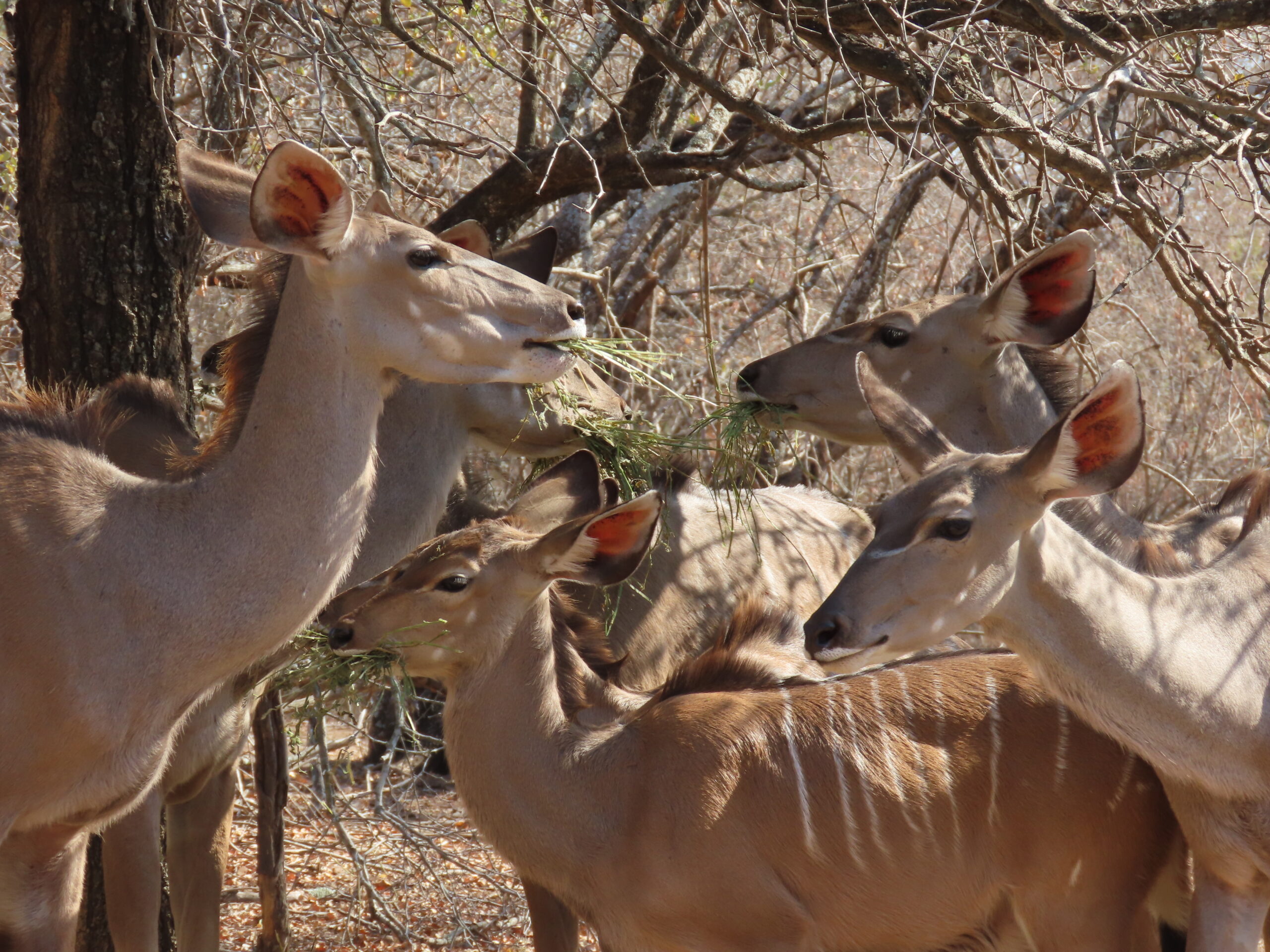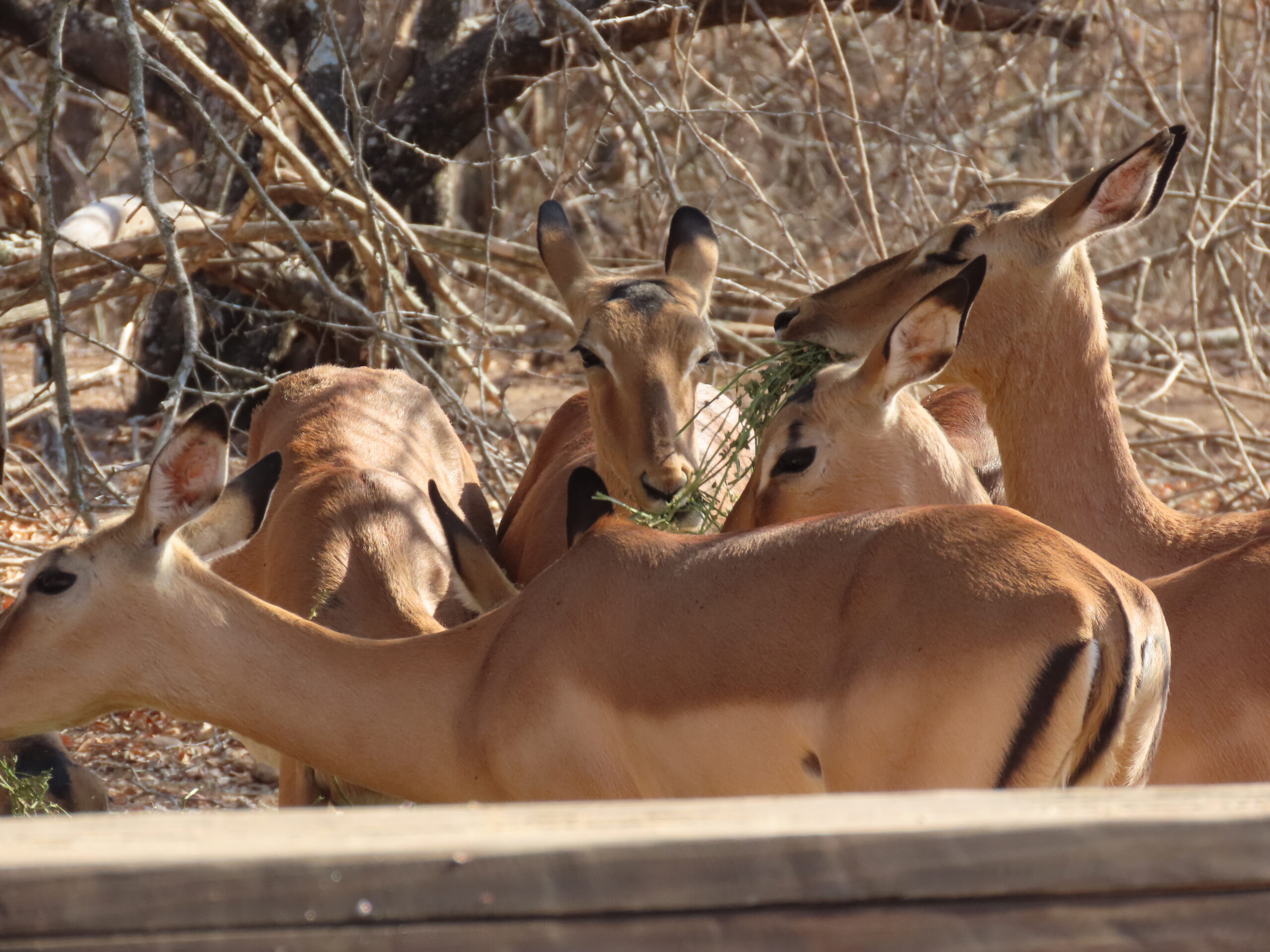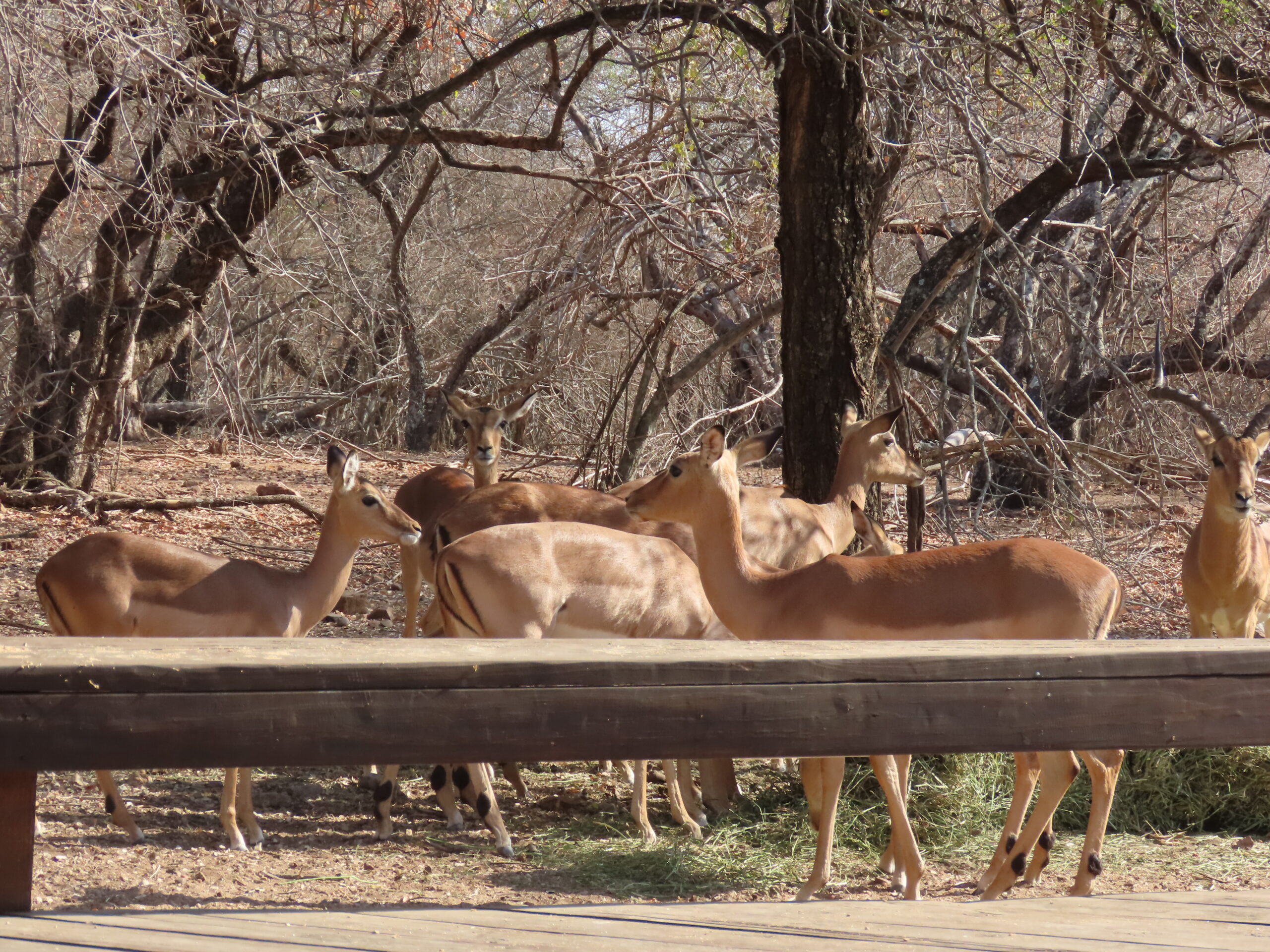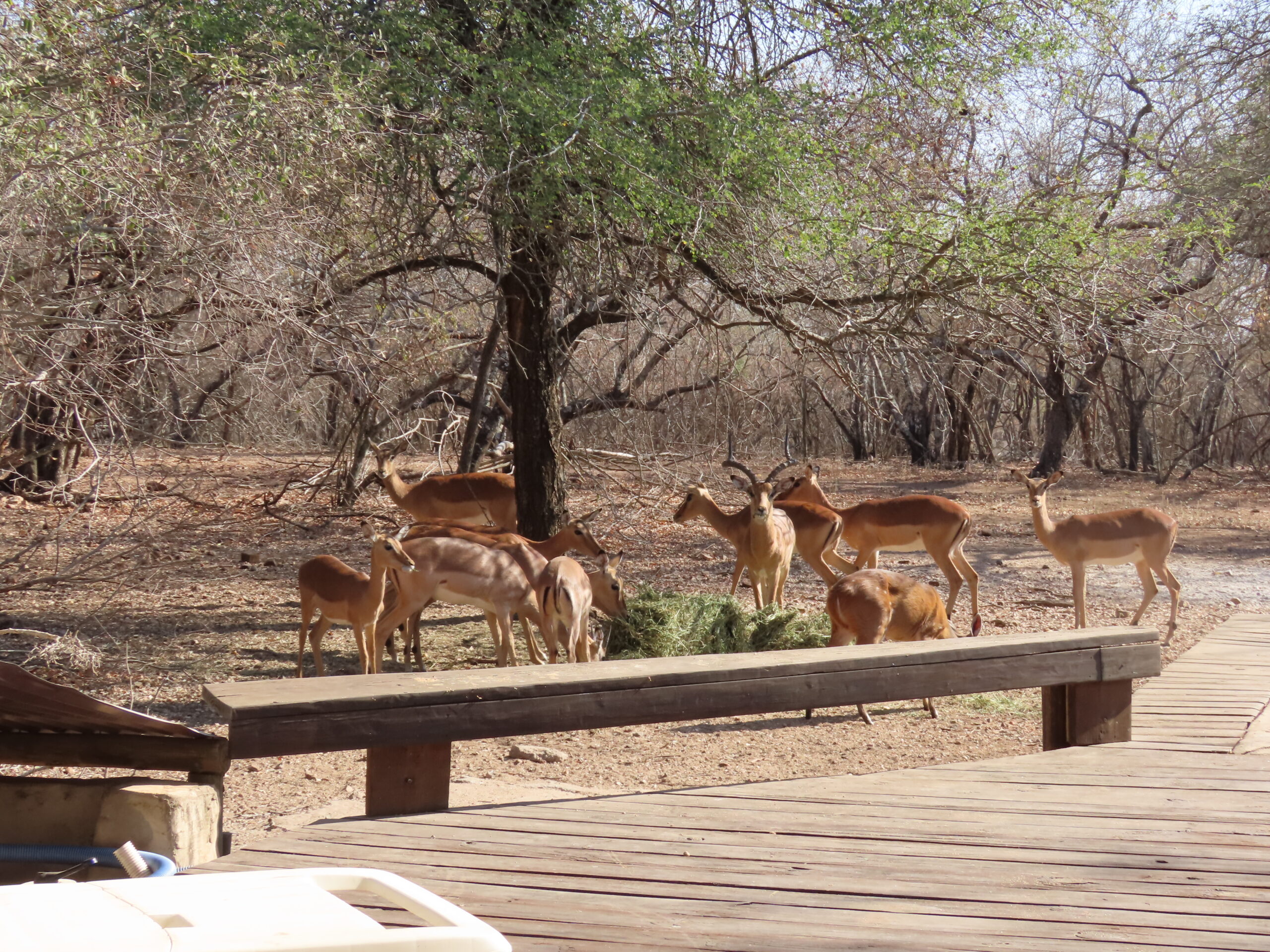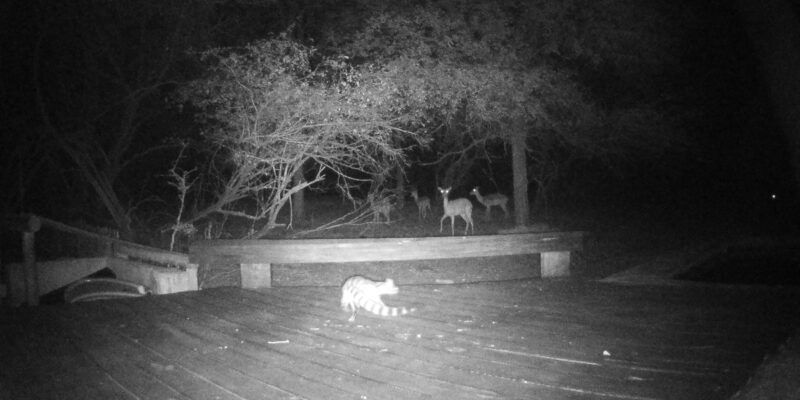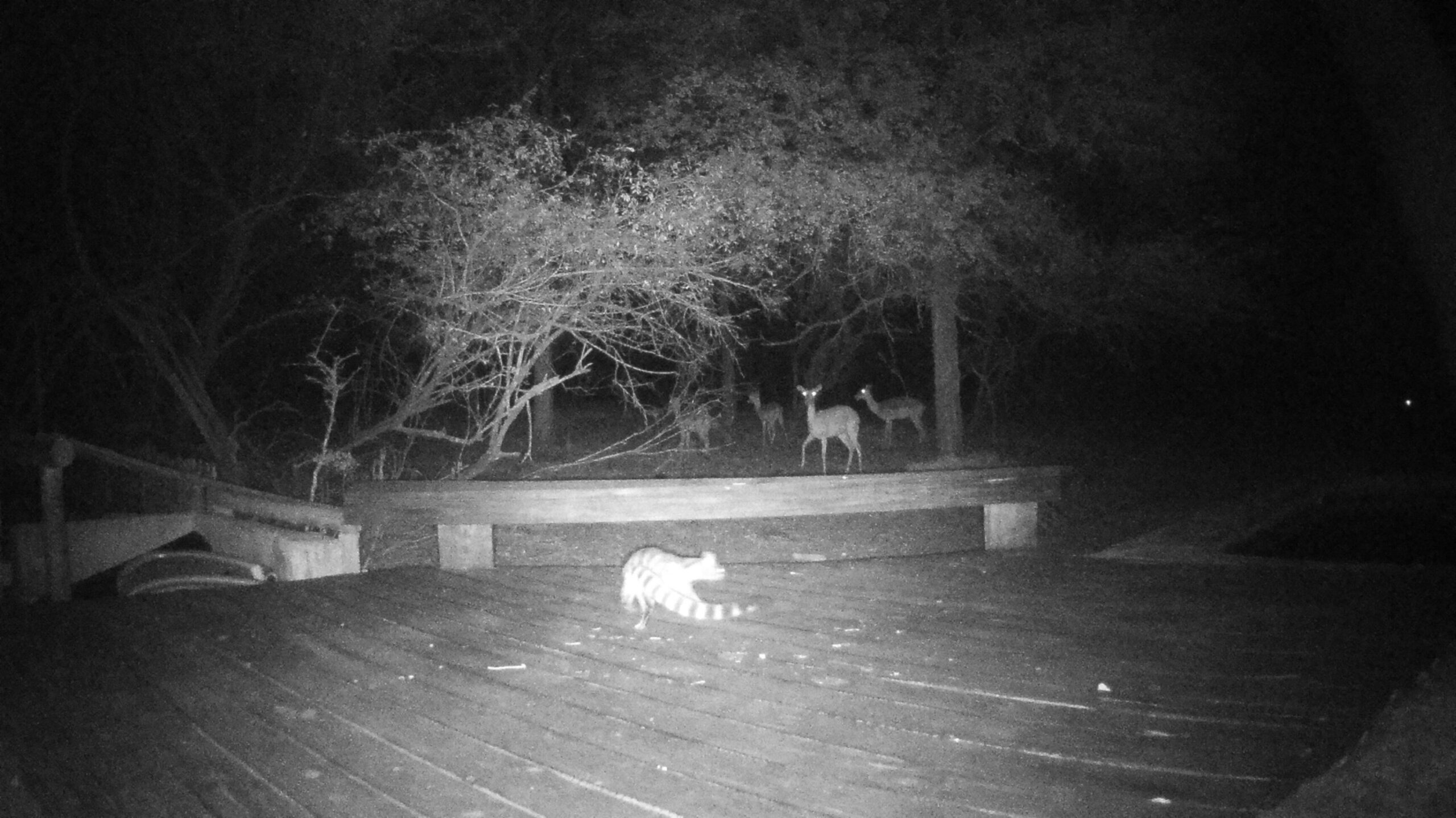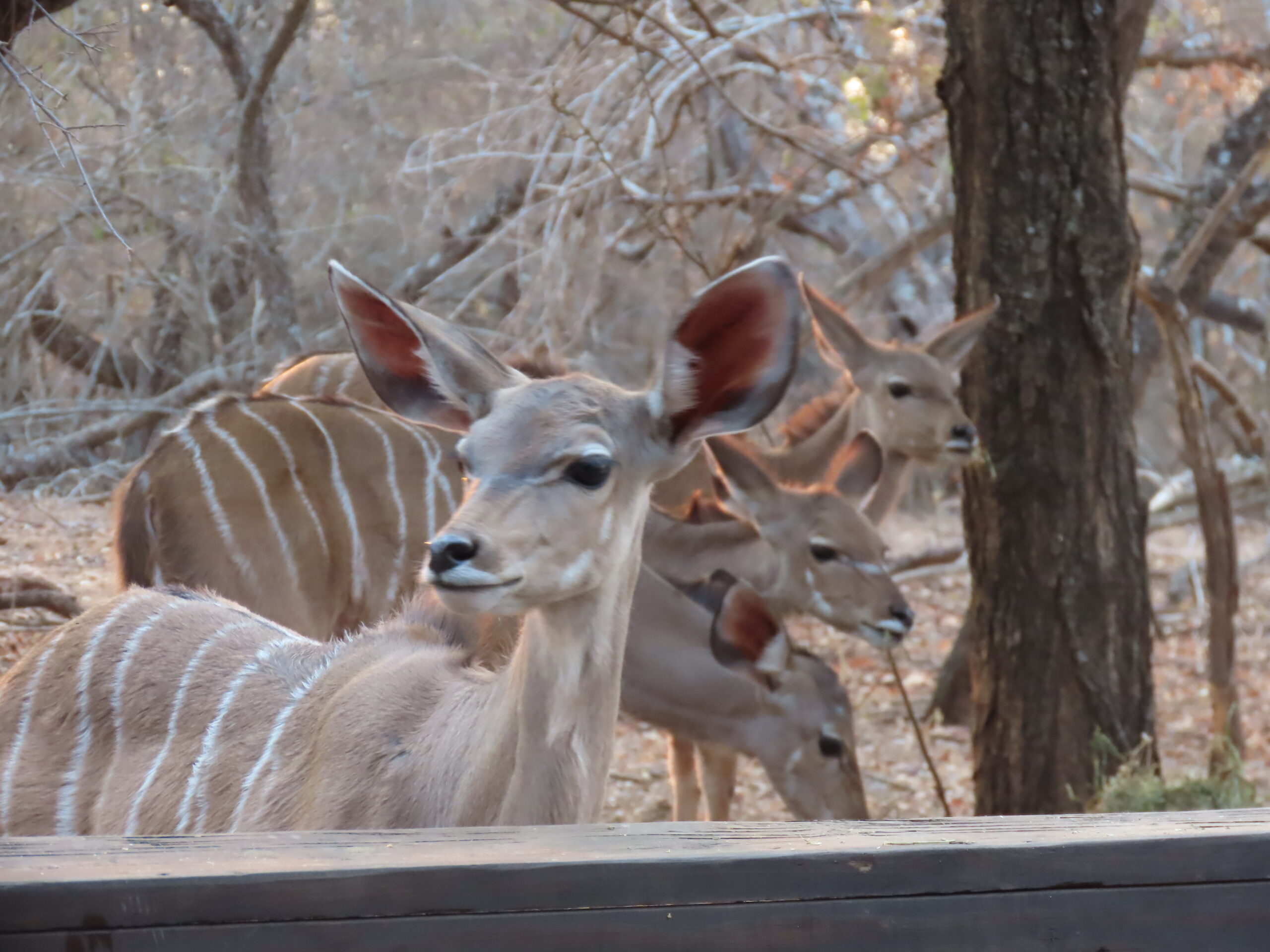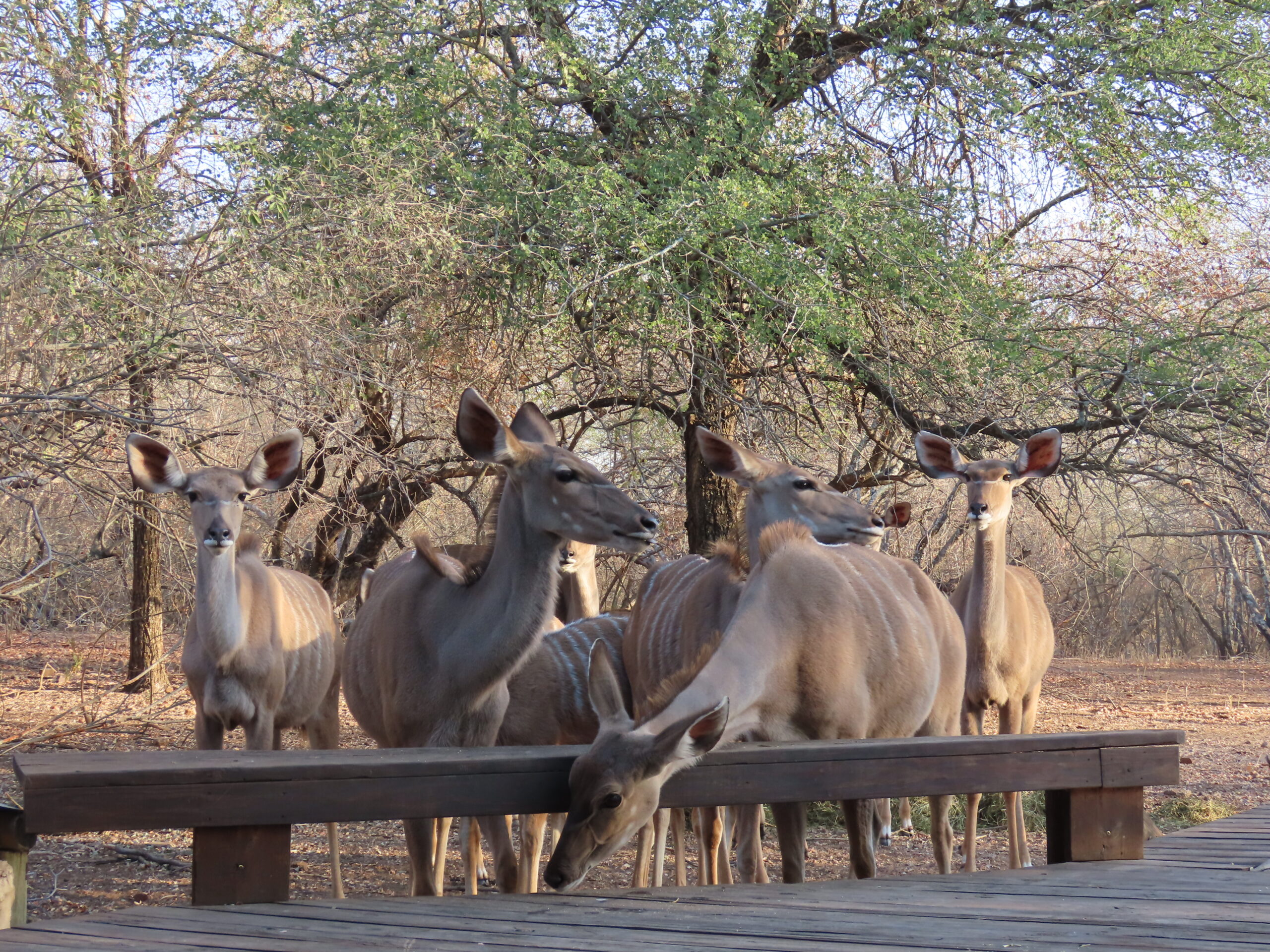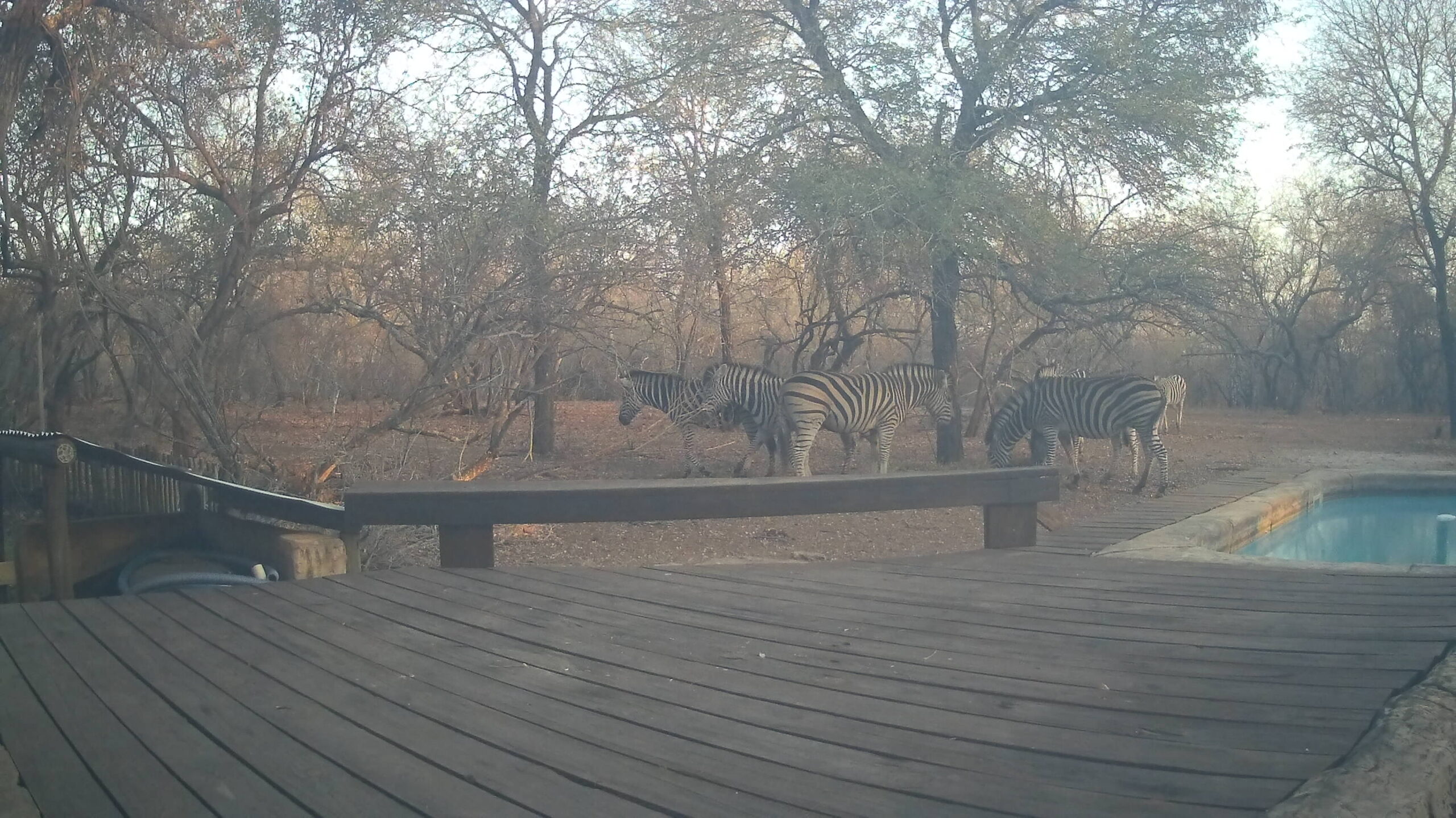
From Travel & Leisure online magazine, located here.
Did the TSA End Its ‘Shoes Off’ Security Rule? Here’s What Travelers Should Know
The answer is complicated. By Michael Cappetta, Published on July 8, 2025
The TSA currently requires passengers to remove their shoes when going through a security checkpoint. Now, a new report claims the government agency has rolled back this mandate.
A significant disruption to travelers may soon be a thing of the past.
The Transportation Security Administration (TSA) is reportedly rolling back its “shoes off” policy at the security line for general passengers, according to online travel sites.
Travel newsletter Gate Access claims that the TSA will soon allow all passengers to keep their shoes on during the security checkpoint, which will reduce wait times and keep the lines moving more efficiently. “The change comes after years of public frustration over inconsistent airport experiences, long security lines, and a growing debate over the necessity of certain screening procedures,” according to the newsletter’s writer, and former TSA employee, Caleb Harmon-Marshall.

The TSA did not confirm the news or elaborate on the report. When asked for a comment, the agency told Travel + Leisure: “TSA and DHS are always exploring new and innovative ways to enhance the passenger experience and our strong security posture. Any potential updates to our security process will be issued through official channels.”
“The requirement to remove shoes at airport security checkpoints is being phased out by the Transportation Security Administration (TSA). This change is part of a broader effort to modernize security procedures and streamline the screening process. The “shoes-off” policy was initially implemented in 2001 after a foiled attempt to detonate explosives hidden in shoes. “
Be well.
Photo from ten years ago today, July 19, 2015:


